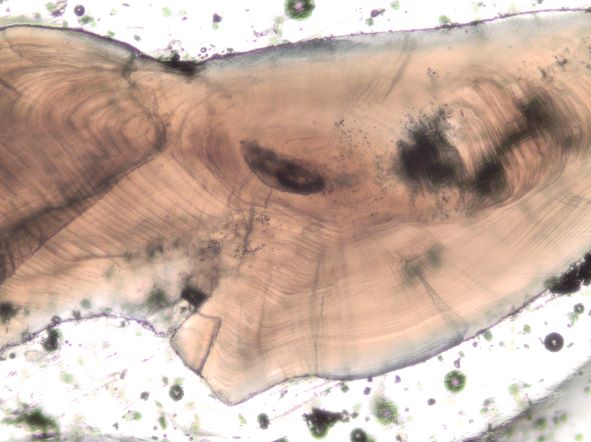Could rewilding be the key to restoring Aotearoa’s rivers?

Dr Simon Stewart, from the Cawthron Institute, will investigate the link between levels of īnanga whitebait in our rivers and numbers of tuna (longfin eel); a freshwater apex predator in decline
Published on 3 Whiringa-ā-rangi November 2022
Globally, we are facing a freshwater biodiversity crisis. Approaching this problem by ‘putting it back to the way it was’ - aka habitat restoration - has been our main tool to reverse species decline. It’s now clear that environmental restoration is only one piece of the freshwater revitalisation puzzle. Rewilding – which restores interactions between species across food webs – has emerged as another key to freshwater revitalisation.
In Aotearoa, tuna (longfin eels) are important in rivers because they are at the top of the food chain. Despite decades of habitat restoration their numbers continue to decline, with a major challenge being the uniquely slow growth rates of tuna populations. Dr Simon Stewart recently found that in a stream well supplied by upstream migrating īnanga whitebait, tuna growth rates were inferred to be 10–20 times faster than other populations in Aotearoa’s rivers. This begs the question, could historical declines in īnanga explain declining populations and unusually low growth rates of our wild tuna?

Simon Stewart. Photo supplied
Dr Stewart has been awarded a Marsden Fast-Start grant to address this question. In partnership with local rūnaka / rūnanga, he and his team will combine field experiments across freshwater habitats, modelling total īnanga consumption, and developing new growth monitoring tools. He will use a novel method for measuring the nitrogen isotope values in the growth rings found in otoliths (ear bones) of tuna. By comparing isotope values from contemporary and archived eel otoliths, changes in tuna growth and diet can be tracked. Dr Stewart will test the theory that the unusually slow growth of tuna is driven by declines in annual upstream migration of īnanga, meaning that tuna growth rates will improve as annual īnanga runs increase.
Finally, Dr Stewart hopes this project will catalyse incorporation of Mātauranga Māori-aligned concepts of holistic ecosystem management into national freshwater restoration and conservation, and ultimately restore tuna to their former glory, firmly atop the freshwater food chain.
